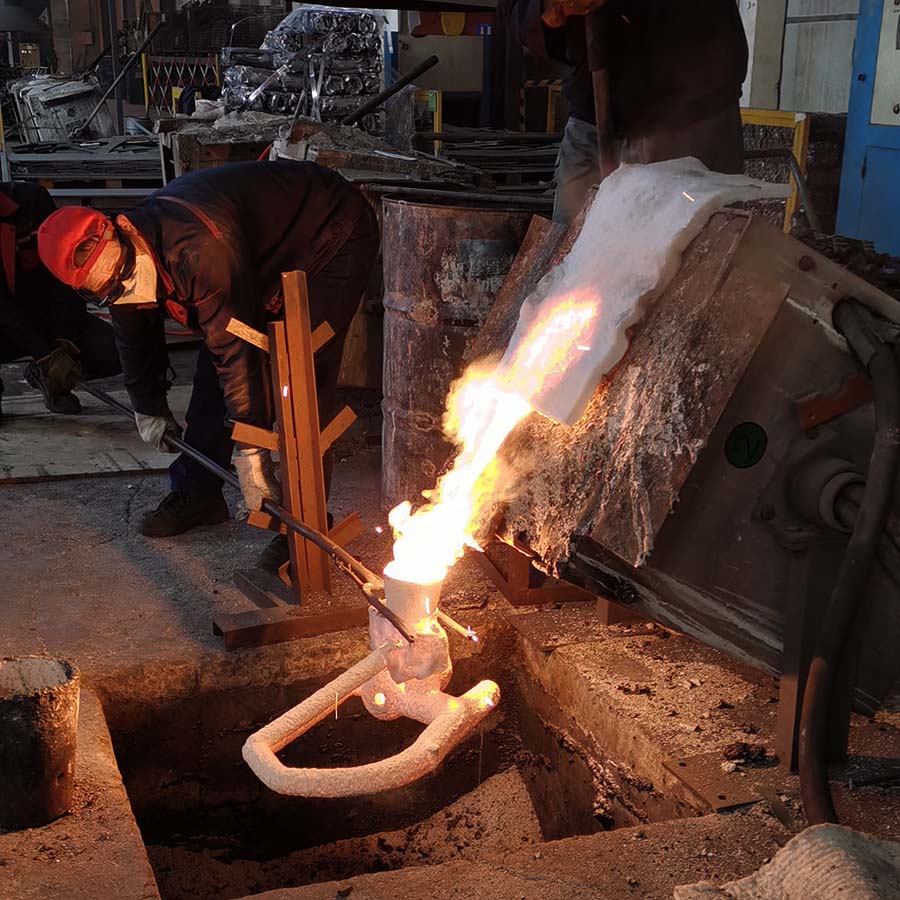What is referred to as an Investment Casting?
Ceramics are used in the process known as investment casting. These ceramics are created around wax patterns to produce a casing into which molten metal may be poured. After the wax designs have been made, they are melted onto a gate system, dipped into slurry and sand to make a layered casing, and then replaced with the melted metals such as stainless steel, aluminium, and a great deal of other materials.
What kinds of components may be produced using investment casting?
Investment castings have applications in a broad variety of sectors, including as the energy sector, the food service sector, the oil and gas business, and the guns industry. Although these are some of the sectors that might benefit from investment casting, Milwaukee Precision Casting serves a far wider variety of businesses than just these three. Castings made via investment may be utilised for almost any application that requires steel, aluminium, brass, or any of a wide variety of other materials.
When compared to duplex castings, investment castings are far more complicated and heavily alloyed. They provide a much greater resistance to corrosion while also providing increased strength. Therefore, they are suitable for applications that have very stringent requirements. Casting of this kind must contend with the challenges presented by harsh surroundings. For example, desalination facilities and the oil and gas sectors make use of this technology.
Investment castings India are being offered by a variety of businesses, including significant big and small industry work that manufacture various products, these castings provide various features as below that many industries choose it:
- Reliable cost
- Superior quality
- An very stable pricing structure
- More power
- Lighter weight despite increased tensile strength
- An exceptional resilience to the effects of the weather primarily stress corrosion cracking as a prerequisite for precise and productive duplex casting.
- It combines the advantages of ferritic alloy and austenitic alloy in one convenient package.
The process of investment casting enables us to manufacture components that are very complicated and sophisticated using practically any alloy. It generates high integrity, good dimensional precision, and a beautiful surface finish, which helps to reduce the need for subsequent machining.
The Many Benefits of Investing in Castings
- Because of its many benefits, the investment casting method is becoming ever more common. When it comes to selecting a method of manufacturing, investment casting is always considered to be the best option. Listed below are some of the advantages:
- Using investment casting, it is possible to cast as a single piece even components that have exceedingly complicated geometries and elaborate details.
- Castings with thin sections as small as 0.40 millimetres (0.015 inches) in thickness are possible when the length or depth of the feature is short or shallow.
- Casting in lost wax provides high dimensional precision, and even tighter tolerances of 0.075 mm (0.003 in) may be readily achieved.
- The actors would not have any flash if there were no parting lines since there are none. However, there is a possibility that the wax designs contain dividing lines from the master die.
When it is comes to Investment Castings India they make it crucial to maintain quality control, and after the casting has been completed, it is examined with cutting-edge CMM equipment inspection procedures to guarantee that it complies with the needed drawing standards.
Conclusion
In conclusion, investment casting is a process that produces materials that are durable. These materials provide superior corrosion resistance and toughness when compared to ferritic and austenitic grades of the same cost. When it comes to master alloy makers, as well as throughout the process of investment casting, compositional control is an important factor.



